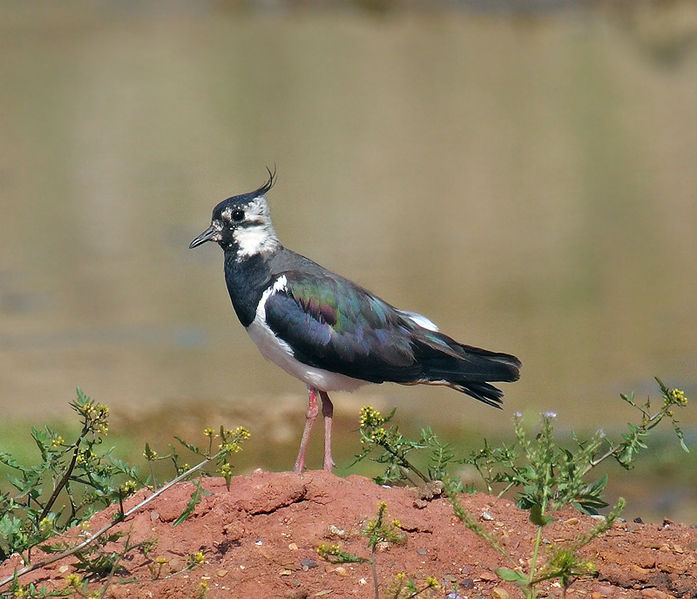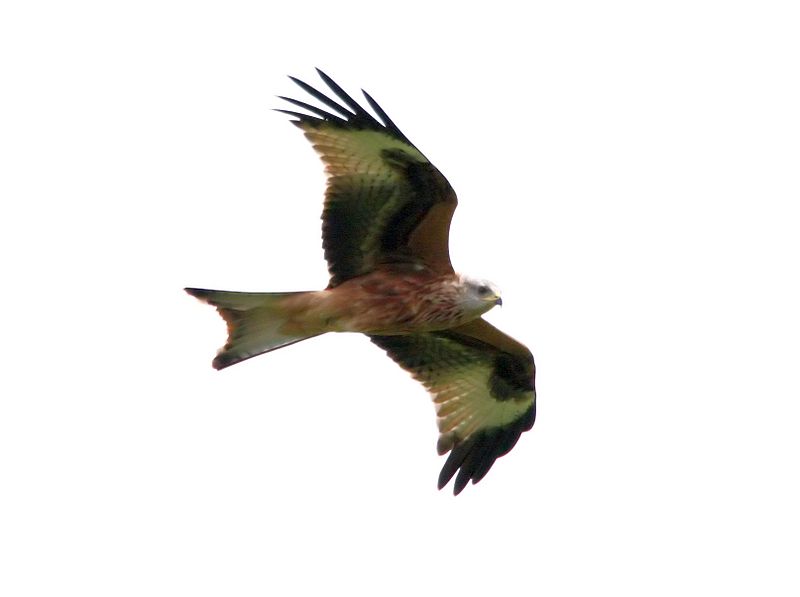
I visited the RSPB nature reserve at Otmoor yesterday. It was great!
As we parked, we could hear lots of Whitethroats singing, some of them performing song flights over the car park, and Cuckoos singing in the distance too. This was a promising start and the promise was kept.
We were hardly out of earshot of a singing warbler for the next couple of hours – and we achieved the almost perfect ‘nine’ for this site: Chiffchaff and Willow Warbler, Sedge and Reed warblers, Blackcap and Garden Warbler, Whitethroat and Lesser Whitethroat and a single long reeling of Grasshopper Warbler too. This was Spring in central southern England.
Adding their contributions to the soundscape were Redshank, Curlew and lots and lots of Lapwing, as well as Skylarks and a range of commoner passerines.
As the birds filled the air with sound, Common Lizards and Grass Snakes silently soaked up the sunshine as they sat. Brimstones, Orange Tips and Peacocks added movement to the scene – silently too. Some of the birds were silent – a Wheatear, paused its migration and sat silently on a post. Hobbies plucked dragonflies from the sky and ate them in flight above our heads but they were too high up for us to hear the chitin being crunched.
Otmoor is a gem – at least it was yesterday. A wetland restoration project in the heart of England, close to the M40, within sight of the A34, just north of Oxford and yet peaceful (apart from those noisy birds) and lovely. It would be tempting to think that the RSPB had restored to us an experience enjoyed a while back by earlier generations, and in a way that is true, but yesterday Otmoor was providing an experience that was very much of our time.
There was always a Red Kite to be seen and occasionally one drifted over the wetland and was mobbed by angry, or at least perturbed, Lapwings. No-one has seen Red Kites, as we did yesterday, at Otmoor for at least a couple of hundred years. And the Lapwing numbers have been restored recently as the wetland has been recreated. When was the last time, aside from yesterday, the day before and in the last few years, when Otmoor has provided views of Red Kites throughout the day being mobbed by Lapwings guarding their chicks? Not for a long time. This was not an experience that our fathers might have had and that has been returned to us, nor one from our grandparents’ days. Yesterday wasn’t recapturing a lost past but living in a wonderful present.
The last day of April, with the sun shining, in central England on a nature reserve bubbling over with nature. A nature reserve which has put abundant life back into a small patch of our crowded country. And a good pint of Brakspears in the Abingdon Arms to enjoy later. Carpe diem.
Have a look at the Otmoor reseserve blog, but, if you can, have a look at Otmoor too.
[registration_form]

Just bring us one of your Cettis from Stanwick to score a perfect ten!
Richard – swap you a Cetti’s for a regular Grasshopper?
Just a shame it’s only “a small patch of our crowded country”.
Julian – yes but it wasn’t even that 20 years ago.
Yes it is a very good thing – but such small victories – the natural world has long been in retreat here. Eastern Europe hearks back to an era of truly rich biodiversity and of course the people there want to seek a better life here. Can biodiversity and the sort of lifestyle we have here really ever co-exist. Patrick Leigh-Fermor strolled across Europe in the 1930s and travelled through a landscape that is now a distant memory for many – however people had harsher lives then and did not enjoy the consumer society we have become accustomed to. How can the great god “economic growth” be appeased – only through more and more impoverishment of nature
Dreams and memories of the haunting call of Lapwings and Curlew.
As a teenager in the 1950s and 60s I used to cycle round Teesdale and in many areas the sky was, as you describe, with crows and jackdaws being escorted across the field and handed on to the next squadron of Lapwings.
I was however sad to read in Martin Harper’s blog that to get lapwings up to sustainable levels -“We now have predator-exclusion fences at 14 lowland wet grassland reserves.” At 1.05% reproductive success this is a very small supply and the looked for habitat restoration on a landscape scale it going to be a tough call with the existing system.
Alister Drivers flood prevention scheme needs to be enlarged to hold water back to help replenish the aquifers. Alister is fighting the flood battle for a few souls but more people will be affected by water shortage.
I live on the sandy coastal strip of East Anglia and most of our water comes from aquifers. We can have hosepipe bans and be wading across the flooded marsh road.
The clay farm lands of “High” Suffolk are often bounded by sandy valley sides. Ideal for percolation. We need to have geologists input into this as well as soil scientists.
We are told we will have a water shortage but it seems mostly to be because we chuck it straight into the sea. (I think farm field drains run before the aquifers are full.)
A beautiful description Mark, thanks
Mark
Have you seen your Duke of Burgundy yet? Monday is looking to be a good day if you haven’t.
Otmoor is a ‘success’ in a limited sense. Hardly surprising when all the surrounding land for dozens of miles has become unsuitable for wetland birds and breeding waders in the last 40 years due to agricultural practices. The disappearance of birds from the wider countryside and the subsequent concentration of numbers in relatively small reserves isn’t really a success. It’s a failure to address the real problem.
Steve – whose failure?